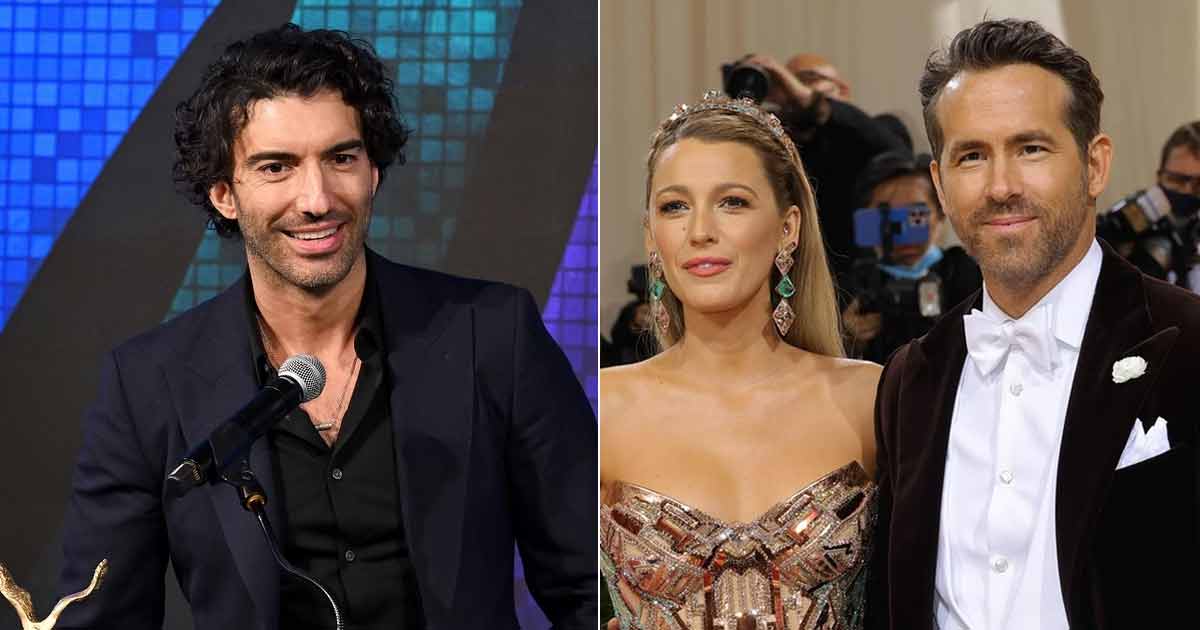Documentary footage of Andy Warhol and Joseph Beuys’s first meeting at an exhibition opening in Düsseldorf in 1979 is perhaps more notable for its flashing cameras and gawking bystanders than what passes between the artists themselves. Under press surveillance, the forthright Beuys makes most of the conversation. Warhol, beneath his trademark blond wig, is as awkward and retiring as ever. The art writer David Galloway described the encounter as having “the ceremonial aura of two rival popes meeting in Avignon”.
You can allow Galloway his myth-making. The two artists were epic opposites. As the gallerist Thaddaeus Ropac explains, Warhol, the exalter of consumerism, celebrity and surface glamour, “stood for America. He put a mirror to the world, showing society its excesses”. Beuys, the earnest environmentalist, spiritualist and Green party founding member, was the voice of Germany, an old world rediscovering itself in fascism’s aftermath. “He thought that art could change society,” says Ropac. It was a nail-biting collision of ideals.
Yet while they never became close friends, the encounter led to Warhol depicting Beuys over and over, in what is considered his last great portrait series, a selection of which is going on show at Ropac’s London gallery. While their projects were poles apart, it’s not so hard to see why Warhol may have been especially interested in the German artist. “Beuys had incredible charisma with such power in his voice: when he entered a room he had presence,” says Ropac, who speaks from experience. The art dealer had interned with Beuys in 1982, working with him on his landmark 7000 Oaks project, planted throughout the city of Kassel, and the German artist introduced him to Warhol.
Beuys had fabricated an artist-hero story for himself to rival any Hollywood fantasy, most famously his supposed rescue in 1944 from a fighter plane crash by Tartars who warmed his body with animal fat and felt (materials he also used in his art). He was a cultural icon with a carefully cultivated persona on a level with those in Warhol’s best-known screenprints, be that Marilyn Monroe, James Dean or Chairman Mao. At the same time, Beuys’s deep beliefs were of a piece with the more serious turn Warhol – now making his Last Supper and Rorschach paintings – was taking. In the Polaroid Warhol chose to use, Beuys is captured in closeup, wearing the felt trilby and fishing gilet that formed part of his artist uniform. This single photo was used to create multiple portraits of Beuys in the following years using the silkscreen print method that enabled Warhol to experiment with easily reproducible imagery.
Ropac points out that the Beuys portraits have a particular significance in Warhol’s output. Through the 1970s he’d increasingly taken one-off portrait commissions that risked “watering down” his achievements. “What triggered his interest were images he chose,” he says. “He hadn’t been working on an elaborate portrait series.”
The exhibition will show how Warhol took to his subject with his usual verve. Some are treated with diamond dust, others are hand-painted. There is a delicate drawing, and trial prints where Beuys appears in quads of images in clashing hues. Yet the German artist’s intense gaze and sense of purpose is always the same. “When you see the same face in all these variations you realise there is an incredible connection,” says Ropac. “He caught the face, but also a state of mind.”
Making a face: Warhol’s portraits of Beuys
Andy Warhol’s Joseph Beuys, 1980
When Warhol made his series of portraits of Beuys, he affirmed the German’s status as a living icon of art, using a Polaroid taken at their first meeting that captures the German artist’s clear-eyed intellectual seriousness. At the time, Warhol‘s star was waning. Today, though, it’s he who is the household name.

Andy Warhol’s Joseph Beuys (Diamond Dust), 1980
The industrial byproduct diamond dust was enjoying a pop culture moment when Warhol began using it in his artworks. It was being added to everything from wallpaper to Christmas cards. Warhol most famously used it in his 1980 Diamond Dust Shoe series, but Beuys was an unusual choice for this touch of luxury glitter.
after newsletter promotion

Andy Warhol’s Joseph Beuys, 1980-1983
The exhibition’s trial proofs show Warhol experimenting with multiple colour possibilities, not only using clashing reds and blues, browns and purples, but also reversing the light and dark tones of his image, like a photographic negative. At the time, he was using this reversal process to revisit and reinterpret his early depictions of icons such as Marilyn Monroe.

Andy Warhol’s Joseph Beuys, 1980
Warhol’s sparse pencil drawings allowed him to focus on the essential elements of his photographic source material.
Andy Warhol: The Joseph Beuys Portraits is at Thaddaeus Ropac, London, to 15 February







